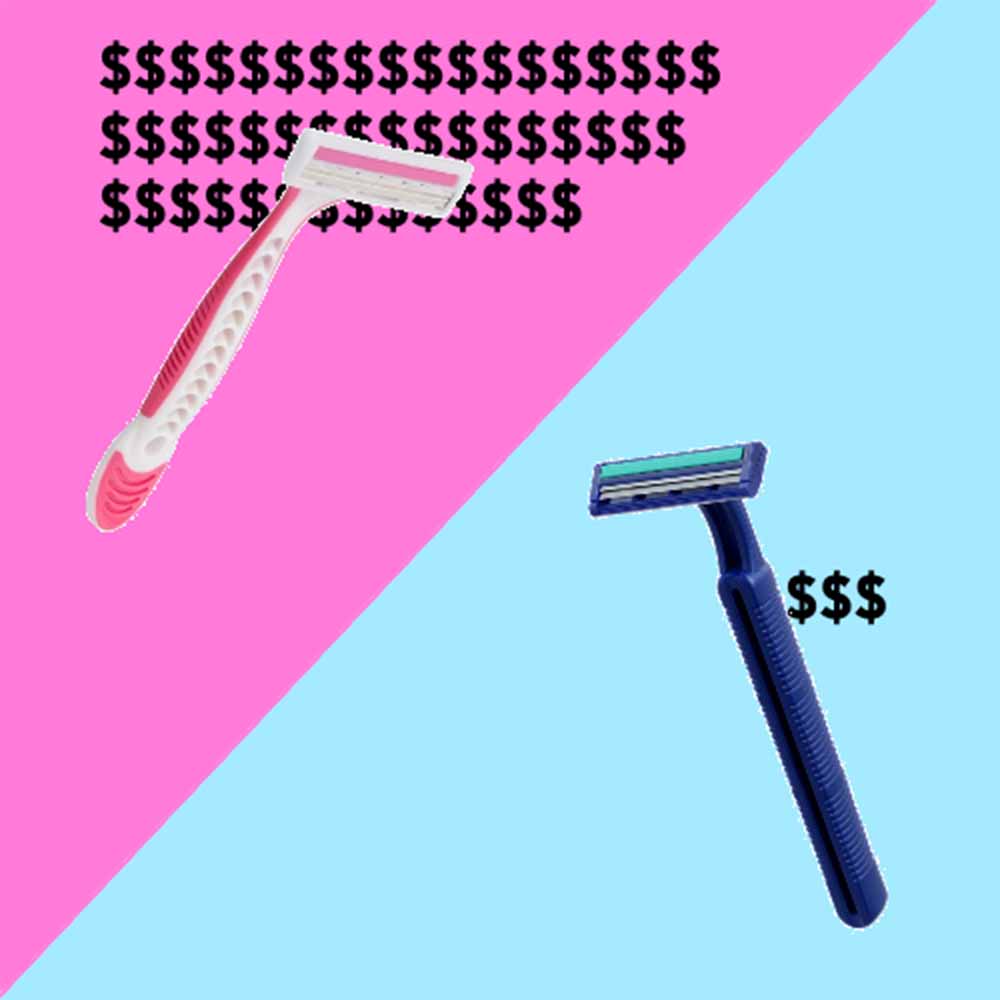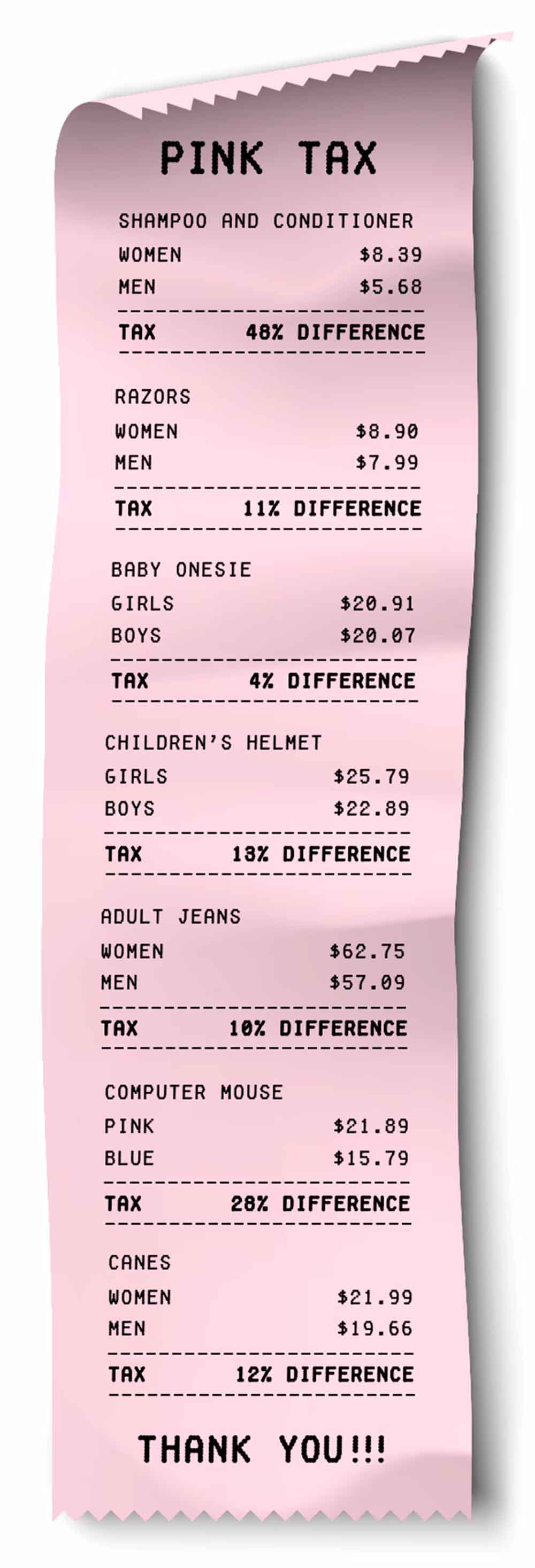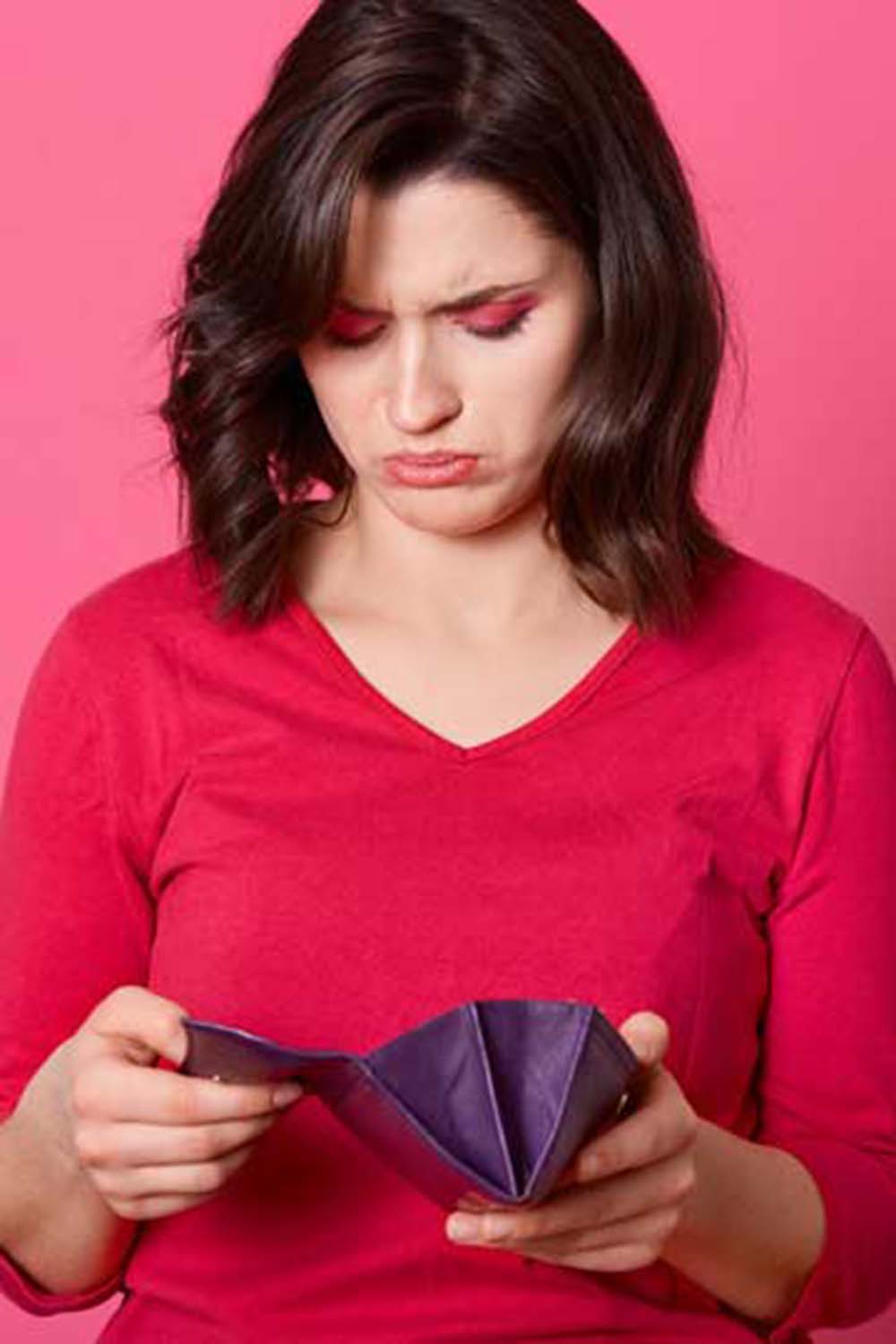Being a woman is expensive! Internet jokes aside, there are some products marketed to women that are slightly pricier than their male counterparts. This, even when the functionality of the product is similar (razors and perfumes are classic examples). ‘Pink tax’ is applied to consumer goods like personal care products, toys and even certain services, placing a heavier financial burden on women consumers.

The term ‘pink tax’ is commonly used to characterise situations in which items for women are far more expensive than similar ones aimed at men. It isn’t the government that enforces pink tax. The companies that sell these goods actually decide on it. Experts claim that the difference in pricing is the result of market forces.
This imbalance is not limited to pink tax on goods; it can also apply to services. A woman’s haircut is typically 60 per cent more expensive than a man’s. Occasionally, there are justifications for this pricing discrepancy. Here, since women’s hair is usually longer, there is more hair to trim and style. In addition, women’s hair may require stylists to undergo more intensive and detail-oriented training.

A 2015 research by the New York City Department of Consumer Affairs found that products for women are usually more expensive than those for men without a valid justification. According to the study’s findings, goods specifically targeted towards women typically cost 7 per cent more than goods offered to men. This disparity affects a variety of products, including toys, clothing, and medical supplies. The biggest difference was seen in the segments of personal care and hygiene items, with women’s hygiene products costing 13 per cent more than men’s.
The cost of menstruation products is unaffordable for millions of individuals globally. The stigma and taboo surrounding menstruation are partially to blame, but so are gender-blind legislation and tax rules, such as the pink tax on feminine items. Menstrual products are categorised as luxury items and subject to the highest rate of taxation in the United States. Isn’t that an irony?

Numerous nations, including Argentina, France, Germany, the UK, Australia, and Italy, have looked into pink tax. For instance, it was found in the UK that the average price women and girls paid for toys, makeup, and clothing was 37 per cent higher than men. In the United Kingdom, the cost of school uniforms for girls was 12 per cent higher than that of boys. In Singapore, women pay more for various goods and services—like dry cleaning and razors—than men do. In addition, insurance schemes are priced higher for women.
In India and many other countries, pink tax is not illegal. However, it is discriminatory to charge women more for the same things as men. Steps need to be taken to ensure that companies stop charging pink tax, just as other countries have acted in this regard.

The worldwide gender pay gap further widens this inequity. On average, women make 16 per cent less than men; that is, they make 84 cents for every dollar earned by men. Although they earn lesser, their goods are sold for far higher prices. Furthermore, levies on feminine hygiene items exacerbate the situation. The discrimination against women on this front needs to end to give them a sense of equality and as a result increase their purchasing power.
Image source: Live mint, Her Zindagi, Fast company, Synchrony bank